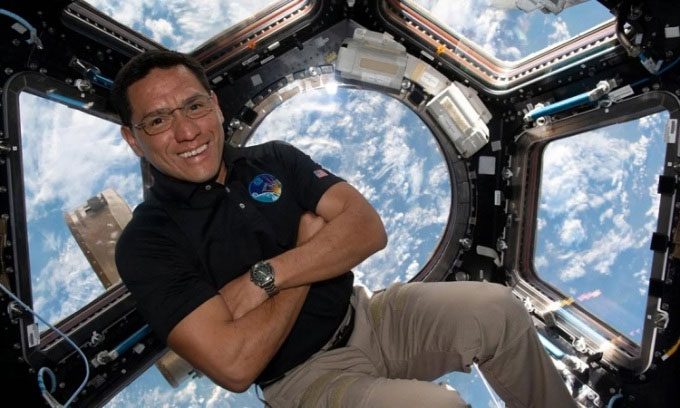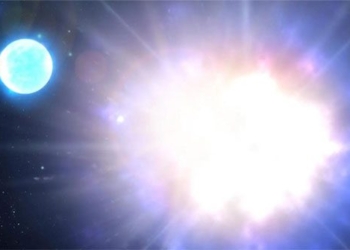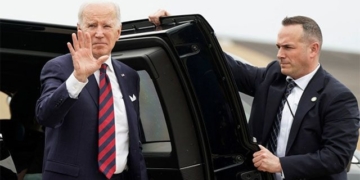Frank Rubio has been in low Earth orbit for over 355 days, breaking the record for the longest space mission by a U.S. astronaut.

Astronaut Frank Rubio takes a photo in front of the dome window of the ISS. (Photo: NASA).
Rubio has been living and working on the International Space Station (ISS) since September 2022, surpassing the previous record held by astronaut Mark Vande Hei at 12:40 AM on September 12 (Hanoi time), according to a NASA spokesperson. Additionally, Rubio is on track to reach another significant milestone in a few weeks. The Russian Soyuz spacecraft is scheduled to bring him back to Earth along with two colleagues, Sergey Prokopyev and Dmitri Petelin, on September 27. This means Rubio will have spent at least 371 days in orbit upon completing his mission. He will become the first American to spend over a year in a microgravity environment.
Initially, Rubio’s mission was not designed to break the record. When he launched to the ISS aboard the Russian Soyuz on September 21, 2022, he and his colleagues believed they would be on a six-month mission. However, the spacecraft carrying Rubio and two Russian colleagues suffered a coolant leak in December of that year. Authorities from the Russian space agency Roscosmos later confirmed that the spacecraft was unsafe for the astronauts to return to Earth.
Instead, the Soyuz MS-22 returned to Earth on March 28, 2023, without the astronauts. Roscosmos launched a replacement spacecraft, MS-23, which docked with the ISS on February 25, 2023. Rubio’s return was postponed to September 2023 while Russia prepared for the next Soyuz mission, which is expected to carry a NASA astronaut and two Roscosmos astronauts to the ISS on September 15.
If everything goes as planned, Rubio will depart on September 27. His 371 days on the ISS will not be a world record for the longest space mission. That title belongs to the late Russian cosmonaut Valeri Polyakov, who spent 437 days in orbit aboard the Russian Mir space station from January 1994 to March 1995.
Despite the political tensions between Russia and the U.S. due to the Ukraine conflict, NASA has repeatedly affirmed its collaboration with Roscosmos in maintaining operations on the ISS and conducting scientific research there. If the Russian Soyuz or SpaceX’s Crew Dragon encounters issues and cannot operate, the exchange agreement will ensure that both American and Russian astronauts can still access the space station.





















































